Eyes in the Sky — for Safety
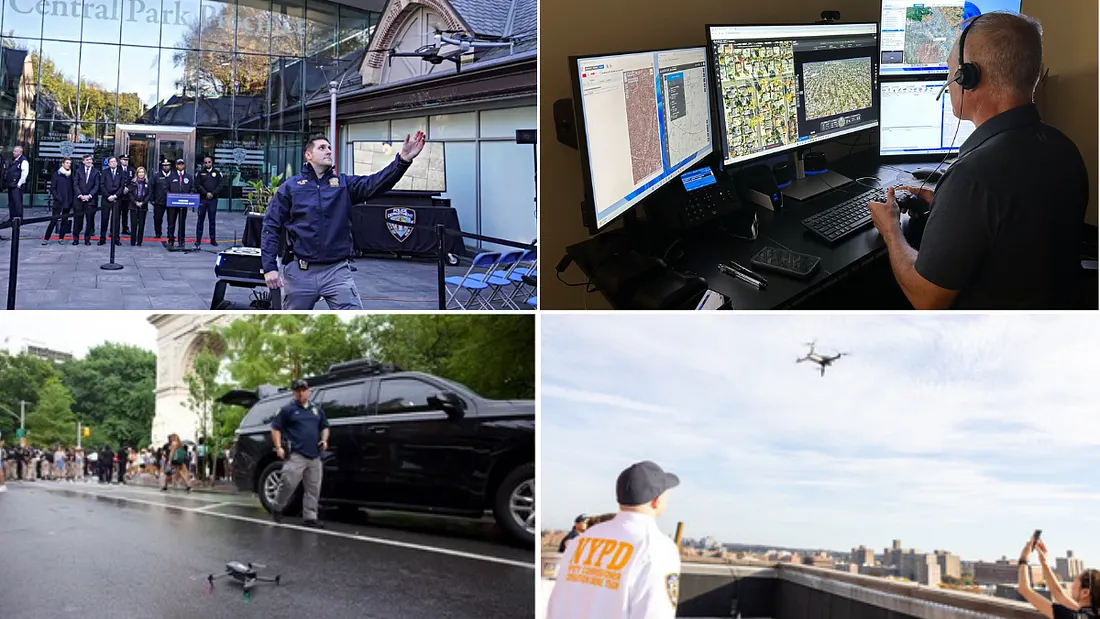
Last August a terrifying scenario unfolded in Queens, New York. A trio of armed invaders forced their way into a home, where they held several residents against their will. Fortunately, one resident managed to call 911 and the unit that responded had a special helper — from the sky.
“They didn’t know we had drones overhead, equipped with infrared cameras that can detect their body heat, and officers on the ground able to see the drone footage on an iPad,” said NYPD Deputy Commissioner of Operations Kaz Daughtry. “The drones gave our ground unit the exact location of the intruders, and we were able to take those individuals into custody. It was amazing.”
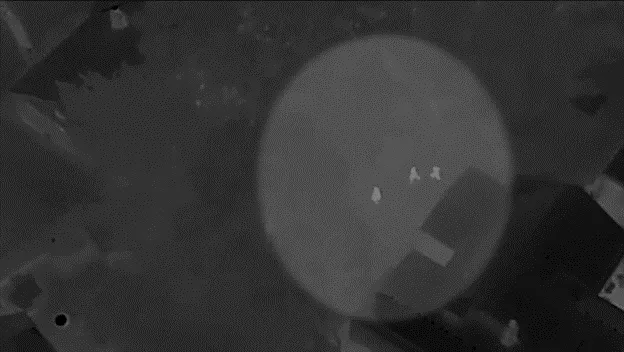
The arrest of the perpetrators is just one example of how the U.S. Department of Transportation and Federal Aviation Administration are enabling law enforcement agencies across the country to explore a new frontier in public safety — drones.
With support from the FAA, which can quickly issue authorizations such as Beyond Visual Line of Sight (BVLOS) waivers, many public safety organizations are deploying them to speed up response times and improve officers’ situational awareness, which improves both policing and public safety.
The FAA’s team of airspace and aviation safety specialists can help educate emergency responders on how to start a drone program, and they can also provide emergency authorizations to first responders around the clock.
Last year the agency made available the Public Safety Organization Shielded Operations Waiver that enables public safety organizations to fly drones under 14 CFR Part 107. This new waiver opens the door for organizations who want to employ drones but are not eligible to operate under Part 91.
FAA-licensed drone pilots deploy them for response to emergencies including crimes, fires, auto accidents and missing-person reports. Some use them to inspect infrastructure after a natural disaster. First-responder drones provide timely, critical information — live video — to responding officers.
“Drone tech has reached a point where we can now allow police departments and other first responders to fly their drones further and without numerous visual observers,” said the FAA’s Kerry Fleming, manager of the FAA’s System Operations Support Center.
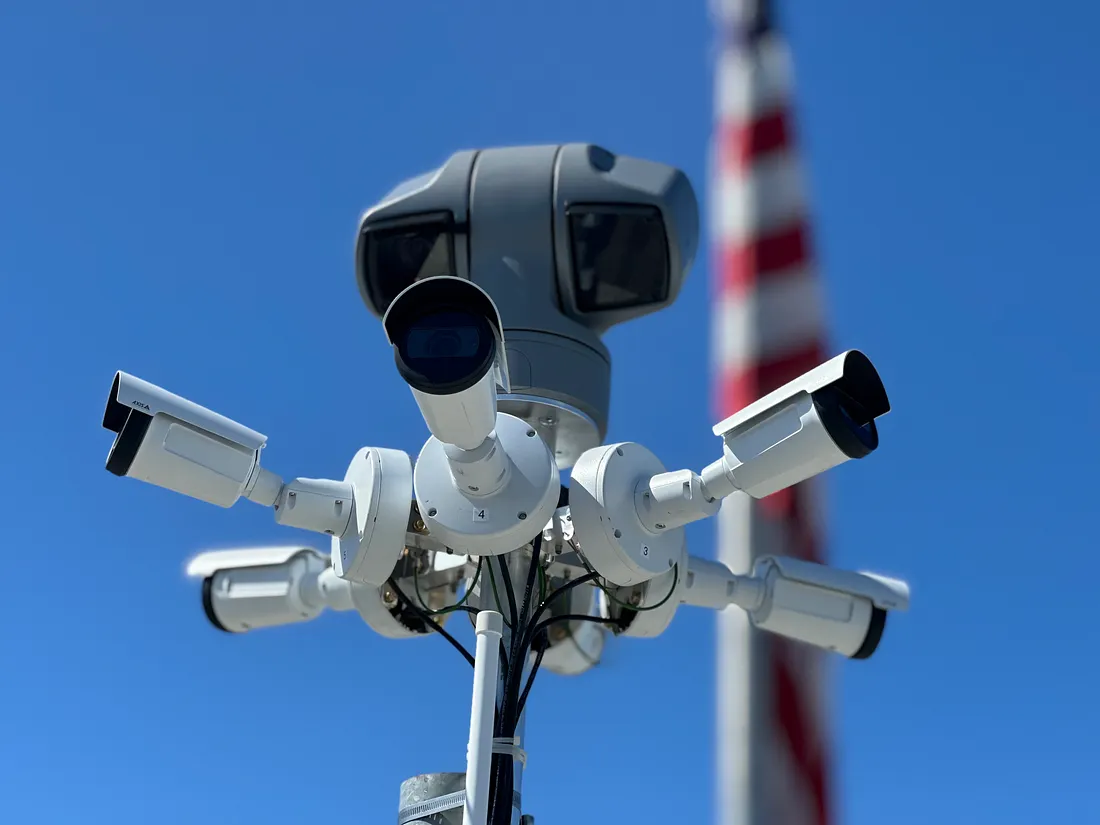
Police departments like those in Chula Vista, California, and Pearland, Texas have been using drones as first responders for years.
“I’ve literally watched these drone systems save lives,” said Brandon Karr, a former police officer who started Pearland Police Department’s UAS program in which officers fly drones without visual observers. “And we can clear 911 calls 24–25 percent of the time with drones, alone, and beat officers to the scene by 3–6 minutes.”
New Tech on the Scene
Pearland PD, the NYPD and some other departments with BVLOS waivers launch camera-equipped drones from protective, rooftop-mounted charging stations.
“The box opens up, the drone spins up, takes off, and will take a pre-programmed route to our call,” said David Cameron, a retired officer from the Campbell, California, police department who created and still manages its drone program.
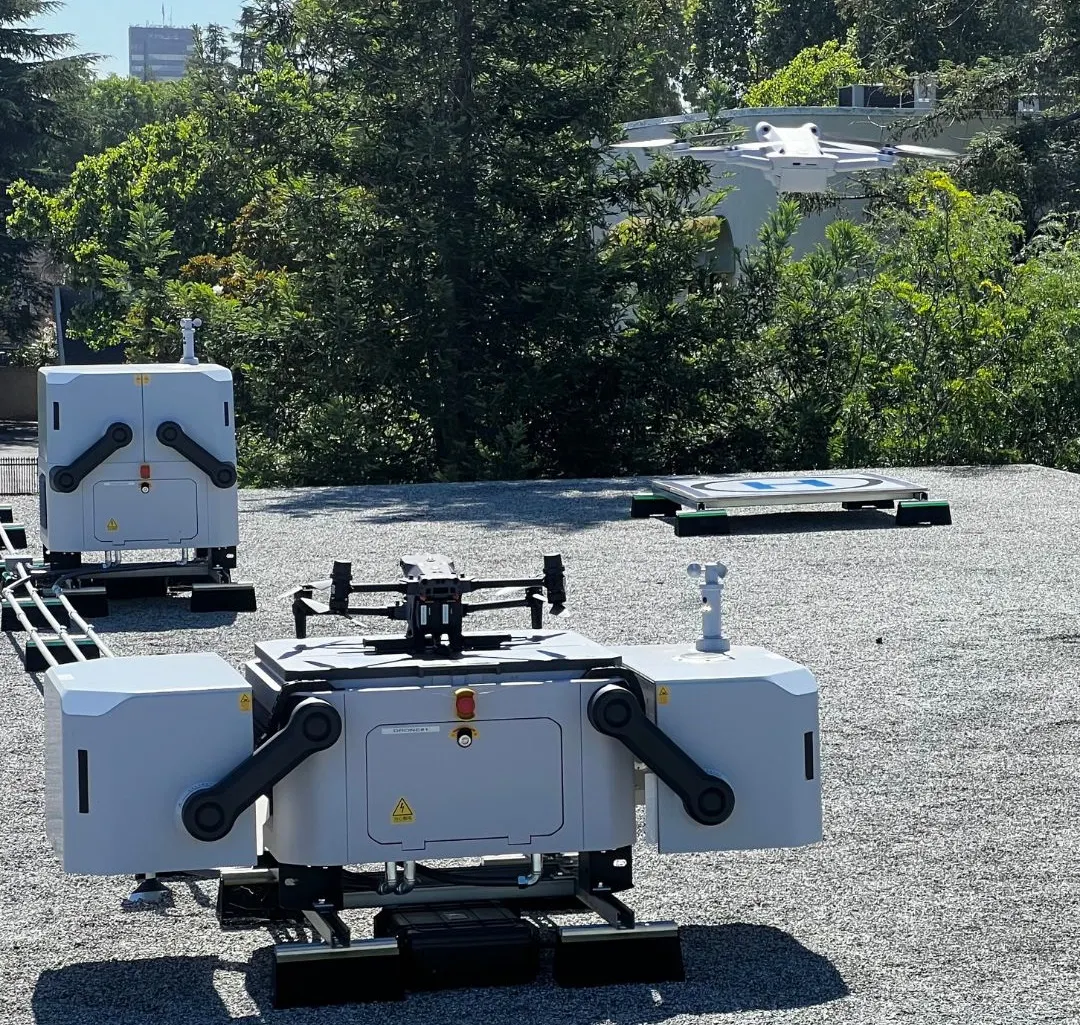
Officers in the flight room below control the drones and track them and other aircraft operating in the area in real time.
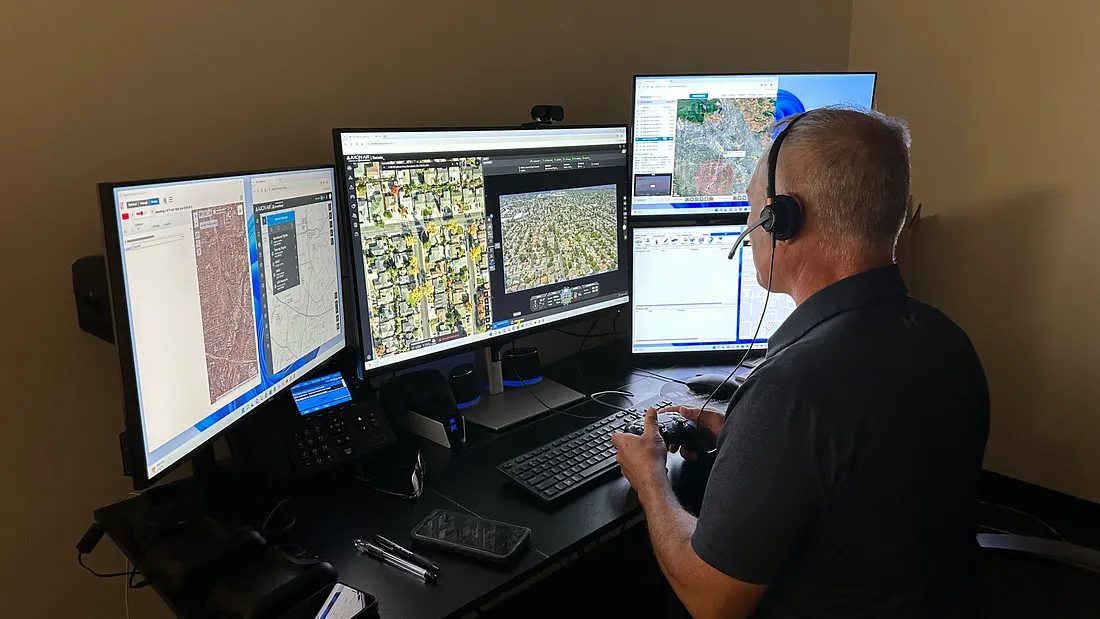
The NYPD has a similar setup with 10 new drones at five locations across the Bronx, Brooklyn and Manhattan. The speedy aircraft can reach any part of Central Park in less than two minutes.
“That was very important to us because the park is over 800 acres of land, and we’ve seen an uptick in crime there,” Daughtry said. “The drones can get to areas where a patrol car can’t go.”
The FAA is working hard to take the drones-as-first-responder concept to communities far and wide, large and small. Nimble drones are adaptable to a variety of environments — from urban to rural — and are taking safety to new heights.
“Technology has caught up to the imagination,” Fleming said. “Allowing them to fly out further distances, in some cases replacing a visual observer with technology, is a huge advantage for first responders across the entire country.”
Check out at faa.gov/uas for rules, resources, and tools to help you fly drones safely.
